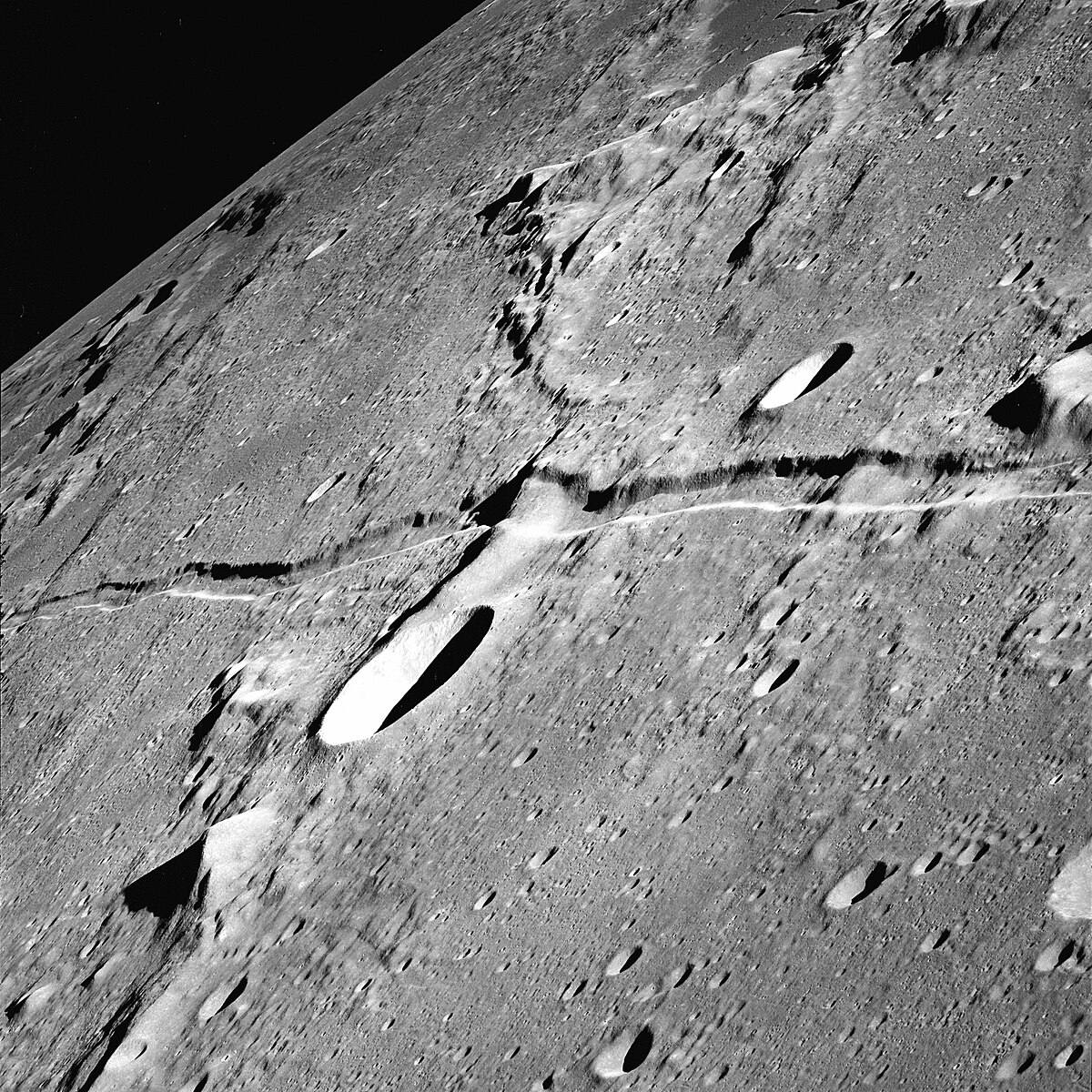New research indicates that Mercury's thermal contraction was still occurring as recently as 300 million years ago.
Mercury was shrinking for at least 3 billion years — and it still might be today : Read more
Mercury was shrinking for at least 3 billion years — and it still might be today : Read more




